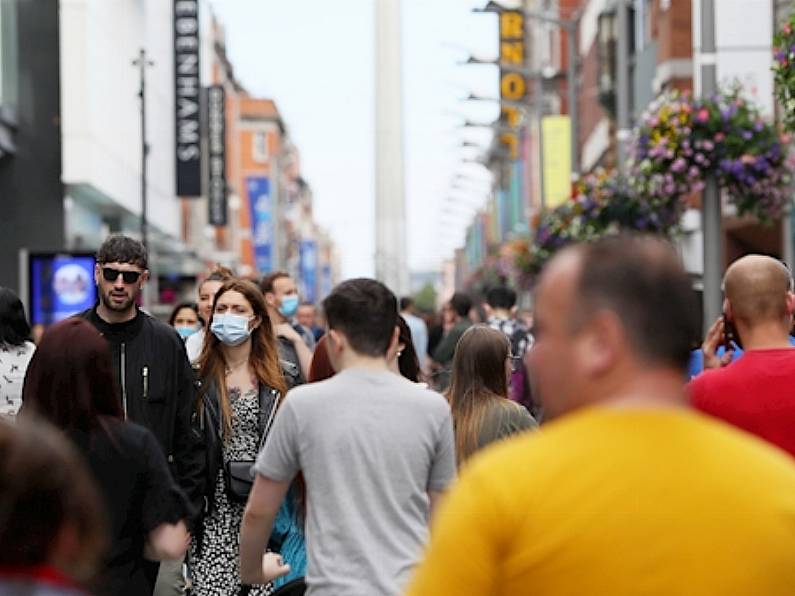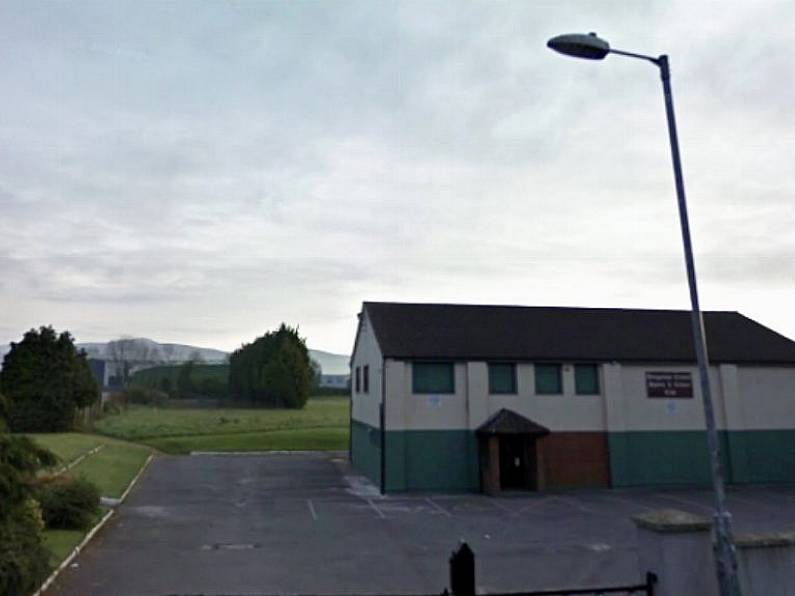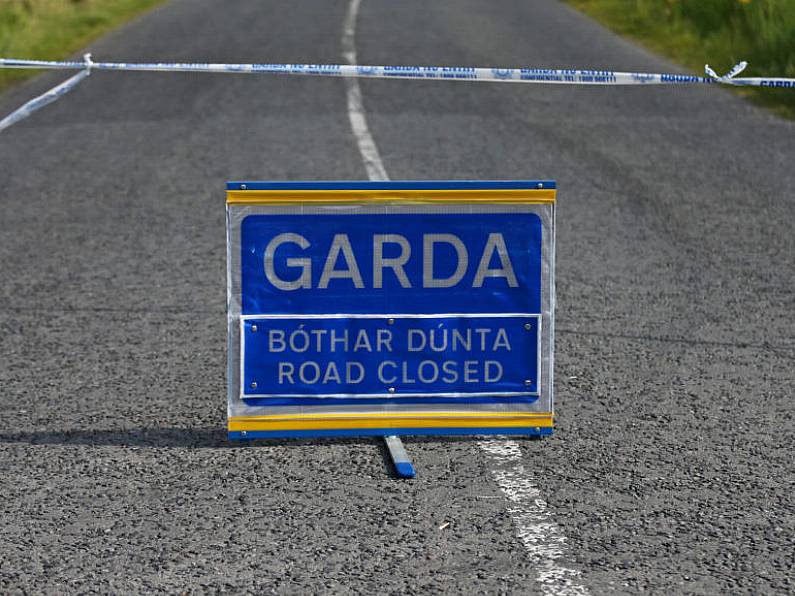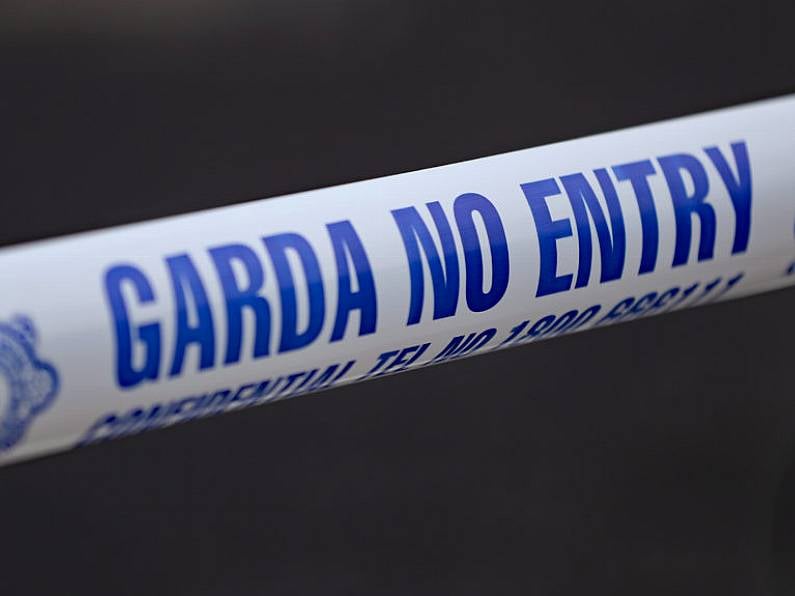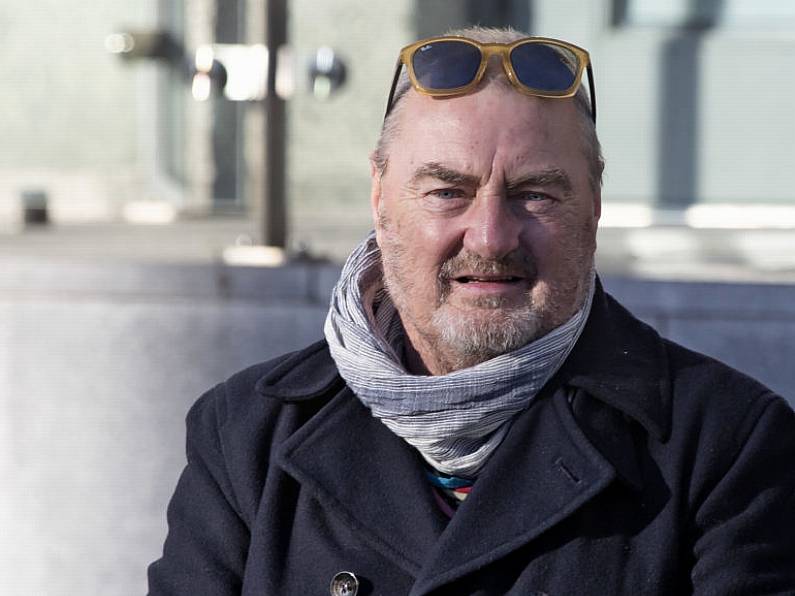People in Dublin are being urged to take care and limit their contacts due to a recent increase in Covid-19 cases.
In Waterford there is at least one further case in yesterday's tally of 89 new cases nationwide.
In University Hospital Waterford, as of 8pm on Wednesday evening, there were one confirmed and six suspected cases.
Public health officials also expressed concern about a rise in coronavirus cases in older people – 70 cases among the over-75s have been reported in the past fortnight, compared to “almost none” at the start of August, according to Prof Philip Nolan of the National Public Health Emergency Team (NPHET).
The rise stems from a “delayed increase” in infections among older and vulnerable groups, he said, urging the wider population to “be cautious in their interactions with these groups”.
The chance of a person with the virus requiring hospitalisation rises from one in 100 among under-45s to one in five among those aged 75 years and over, he told a NPHET briefing on Wednesday.
The capital has accounted for 45 per cent of all new cases in the past fortnight – the majority of cases in Dublin were associated with private households and family outbreaks.
The north, west and city centre are among the areas most affected by the rise of new cases in the city.
Attributing the rise to “lots and lots of small family clusters”, acting chief medical officer Dr Ronan Glynn appealed in particular to people in Dublin to “take particular care”, reduce their social contacts over the coming days and seek medical attention immediately if they experience symptoms.
Dublin’s 14-day incidence is 53 per 100,000 population, compared to 33 for the country as a whole. Limerick, which has a number of major outbreaks, has an incidence of 56, Prof Nolan said.
He also said that the current surge of Covid-19 can be successfully suppressed through people slightly reducing their daily contacts.
Getting the R number below 1 is “absolutely realistic”, through a “marginal reduction” in the number of contacts people have each day, Prof Nolan said.
The R figure represents the number of people that one infected person will pass the virus on to, on average.
“It is a modest amount of extra effort that we have to do,” he said.
The reproduction number stands at 1 to 1.2, according to Prof Nolan, who is chairman of the Irish Epidemiological Modelling Advisory Group.
A reproduction number of less than 1 means an epidemic is dying out; a figure greater than that signals it is spreading.
New cases are averaging about 100-120 a day, while the incidence of the disease remains stable at 33-34 per 100,000 of population, said Prof Nolan.
Photo: Brian Lawless/PA



